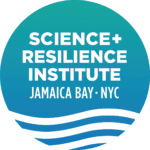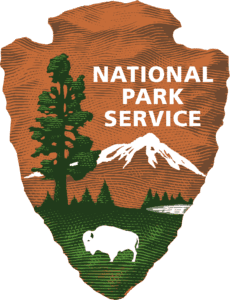Coastal Adaptation Impacts on Water Quality and Flooding
Philip Orton, Nickitas Georgas, Alan Blumberg, Stevens Institute of Technology; James Fitzpatrick, HDR, Inc.
Hundreds of thousands of NYC residents in Jamaica Bay’s watershed live on land vulnerable to flooding from a hurricane storm tide. Many types of coastal protective features, ranging from surge barriers to natural features like wetlands and oyster beds, have been suggested as solutions for coastal flooding around the bay. Water quality and storm damage avoidance are integrally linked research topics, as storm protection efforts can harm water quality and alter ecosystems.
Many types of coastal protective features, ranging from surge barriers to natural features like wetlands and oyster beds, are being studied as solutions for coastal flooding. Decisions on which coastal protections to use require detailed studies using computer models that are not available or fully developed for most locations. These models must include many features in addition to physical storm surges, such as chemistry and water quality, to be able to evaluate whether water quality and ecosystems will be harmed by the protections.
A project is outlined here to improve upon existing mathematical computer modeling capabilities for Jamaica Bay and to run experiments to study climate change, sea level rise and coastal adaptation impacts on water quality and storm damages. An important part of the project plan is to build Jamaica Bay Science and Resilience Institute consortium technical capacity by making these models available for consortium member use.
The primary goals in the project will be to:
• Improve the existing water quality modeling in Jamaica Bay with enhanced model representations of wetlands, macro-algae, and wetland and benthic chemical/nutrient fluxes.
• Improve hydrodynamic model representations of J-Bay wetlands and air-sea interaction
• Utilize higher-resolution modeling in the bay and improve modeling of exchanges with the coastal ocean by coupling the J-Bay models with inputs from regional scale models
• Calibrate the improved models using data collected by the consortium and USGS in Jamaica Bay
• Run experiments to study climate change, sea level rise and coastal adaptation impacts on flooding, waves, water quality and residence time
Funding: Department of Interior, National Park Service
Project Period: November 2014 – October 2016






